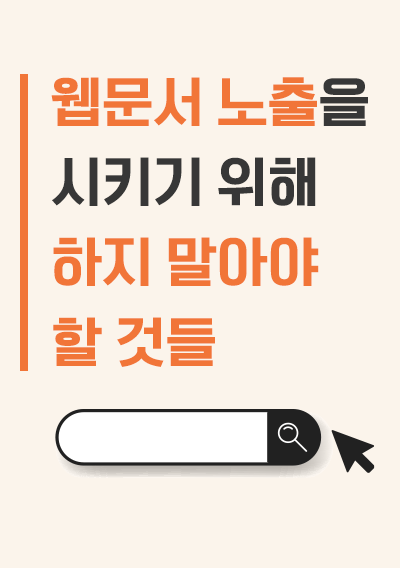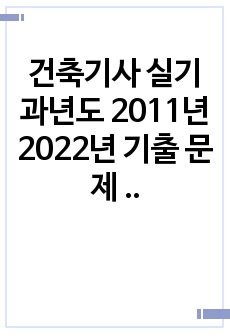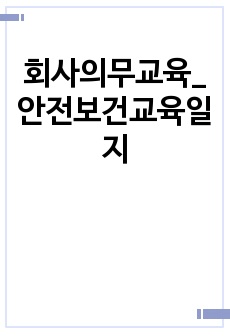A New Approach to Measuring the Economic Impacts of Tourism
* 본 문서는 배포용으로 복사 및 편집이 불가합니다.
서지정보
ㆍ발행기관 : 한국관광서비스학회
ㆍ수록지정보 : 관광서비스연구 / 2권 / 1호
ㆍ저자명 : Larry Dwyer
ㆍ저자명 : Larry Dwyer
목차
IntroductionThe Standard View of Tourism's Economic Impacts
The Need for an Alternative Framework of Analysis
Impacts of tourism expenditure in real world economies
Factor Supply Constraints
Exchange Rate Appreciation
Fiscal Policy
Implications for Industrial Structure
Implications for Regions
What Remains of the Standard View?
Conclusions and Areas for Further Research
References
한국어 초록
The traditional approach to estimating the economic impacts of tourism isbased on the theory that increased tourism expenditure has direct, indirect andinduced effects on a host destination, leading to increased production, incomeand employment. This Standard View assumes strong multiplier effects fromthis expenditure on output, value added and employment. The usual techniquefor analysing these effects is Input-output analysis which is used extensivelyby consultants and government authorities for estimating the economic returnswhich will flow to a community from changes in tourism expenditure, thehosting of an event or from tourism infrastructure investments.This Standard View is superficial, and very often misleading, because itignores economy wide effects as the tourism generated expenditure flowsthrough the economy. An expanding tourism industry tends to crowd out othersectors of economic activity reducing the demand for traditional exports andimport competing industries and impacting on demand for goods and services,labour and other resource within the economy. These crOWding out effects willdepend firstly, on the extent of the price and real exchange rate adjustmentswhich these changes set in train, and secondly on the governments policyframework which will determine the macroeconomic context in which theadjustments occur. Analysis of these complex processes generally requires theuse of Computable General Equilibrium (CGE) modelling, rather than theexisting Input-output techniques. Measured in this way the economic returnsto a community from additional tourism expenditures will often be found to besubstantially different.The relevance of these findings go beyond their immediate interest totourism economists. They demand the attention of tourism planners andtourism marketers as well as public policy makers. As a result of thedevelopment of more sophisticated modeling techniques in recent years, thestudy of the economic impacts of tourism is set to become a more fertileground for research.영어 초록
The traditional approach to estimating the economic impacts of tourism isbased on the theory that increased tourism expenditure has direct, indirect and
induced effects on a host destination, leading to increased production, income
and employment. This Standard View assumes strong multiplier effects from
this expenditure on output, value added and employment. The usual technique
for analysing these effects is Input-output analysis which is used extensively
by consultants and government authorities for estimating the economic returns
which will flow to a community from changes in tourism expenditure, the
hosting of an event or from tourism infrastructure investments.
This Standard View is superficial, and very often misleading, because it
ignores economy wide effects as the tourism generated expenditure flows
through the economy. An expanding tourism industry tends to crowd out other
sectors of economic activity reducing the demand for traditional exports and
import competing industries and impacting on demand for goods and services,
labour and other resource within the economy. These crOWding out effects will
depend firstly, on the extent of the price and real exchange rate adjustments
which these changes set in train, and secondly on the governments policy
framework which will determine the macroeconomic context in which the
adjustments occur. Analysis of these complex processes generally requires the
use of Computable General Equilibrium (CGE) modelling, rather than the
existing Input-output techniques. Measured in this way the economic returns
to a community from additional tourism expenditures will often be found to be
substantially different.
The relevance of these findings go beyond their immediate interest to
tourism economists. They demand the attention of tourism planners and
tourism marketers as well as public policy makers. As a result of the
development of more sophisticated modeling techniques in recent years, the
study of the economic impacts of tourism is set to become a more fertile
ground for research.
참고 자료
없음태그
"관광서비스연구"의 다른 논문
 호텔 조직시민행동에 관한 연구 -관광호텔 종사원을 중심으로-17페이지
호텔 조직시민행동에 관한 연구 -관광호텔 종사원을 중심으로-17페이지 호텔기업의 환경, 조직구조, 업무특성이 호텔회계정보특성에 미치는 영향25페이지
호텔기업의 환경, 조직구조, 업무특성이 호텔회계정보특성에 미치는 영향25페이지 해외인턴쉽 (Overseas Internship) 참여 학생들의 경험 내용분석 :경주대학교 사례연구24페이지
해외인턴쉽 (Overseas Internship) 참여 학생들의 경험 내용분석 :경주대학교 사례연구24페이지 호텔 브랜드 퍼스넬리티 (Hotel Brand Personality)가 신뢰에 미치는 영향에 관한 ..21페이지
호텔 브랜드 퍼스넬리티 (Hotel Brand Personality)가 신뢰에 미치는 영향에 관한 ..21페이지 관광산업의 구조와 발전방향에 관한 이론연구18페이지
관광산업의 구조와 발전방향에 관한 이론연구18페이지 캐주얼 다이닝 레스토랑에 있어서 멘토링 관계가 조직유효성 및 종사원의 성과에 미치는 영향 -공식적,..23페이지
캐주얼 다이닝 레스토랑에 있어서 멘토링 관계가 조직유효성 및 종사원의 성과에 미치는 영향 -공식적,..23페이지 외식업종사원 교육훈련이 고객만족에 미치는 영향에 관한 연구24페이지
외식업종사원 교육훈련이 고객만족에 미치는 영향에 관한 연구24페이지 호텔 주방 조직의 환경이 조리종사원의 직무성과에 미치는 영향22페이지
호텔 주방 조직의 환경이 조리종사원의 직무성과에 미치는 영향22페이지 재구매 의도에 미치는 영향요인에 관한 연구 -호텔서비스를 중심으로 -25페이지
재구매 의도에 미치는 영향요인에 관한 연구 -호텔서비스를 중심으로 -25페이지 레스토랑의 브랜드 퍼스넬리티와 결과변수간의 구조적 관계에 관한 연구19페이지
레스토랑의 브랜드 퍼스넬리티와 결과변수간의 구조적 관계에 관한 연구19페이지

























